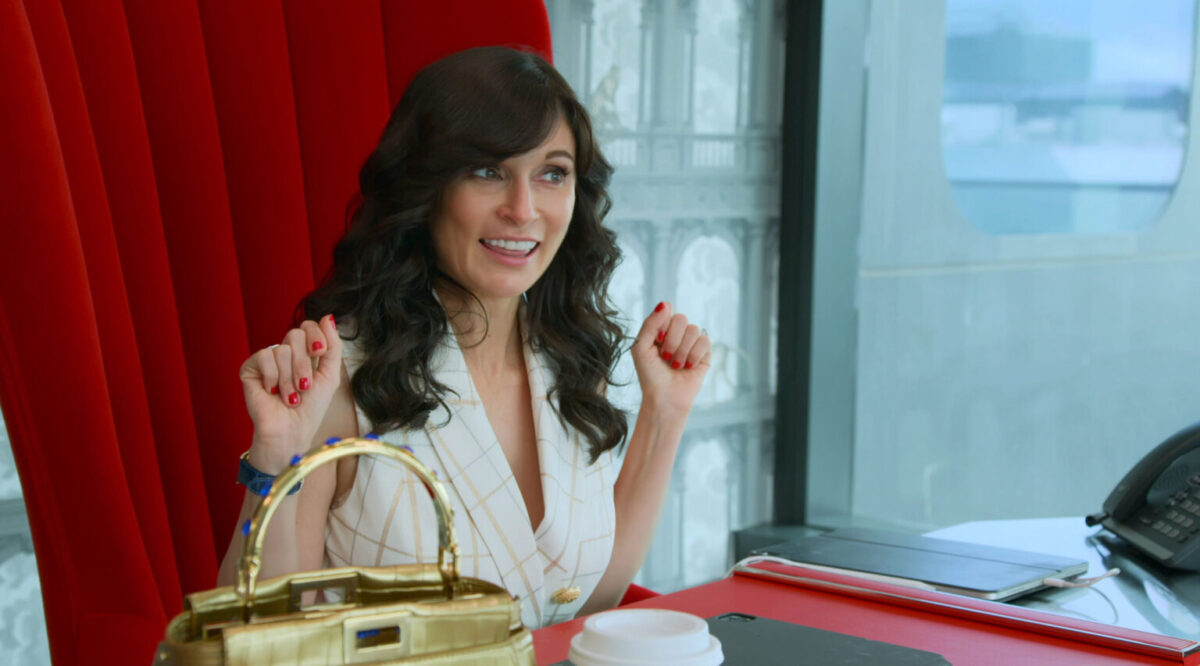Julia Haart, formerly known as Julia Hendler, is at the core of My Unorthodox Life, a new nine-part Netflix reality series.
Haart, 50, is a success story, one of the founders and the co-owner of the Manhattan-based Elite World Group, a global modelling and talent agency. A liberated women today, she once lived a cloistered and restricted life as a “baby-making machine” in an ultra-Orthodox community.
Formerly a resident of Monsey, an ultra-Orthodox town in upstate New York where women intrinsically know their place in a patriarchal society, she rebelled against the rigidity and fundamentalism of her Judaic sect.
She left Monsey and divorced her husband, Yosef, the father of her four children. Reinventing herself as a cutting-edge fashion mogul, she met Silvio, an Italian who would become her lover, spouse, soul mate and business partner.
Haart and Yosef share custody of their 14-year-old son, Aron, who lives with his father in Monsey and observes all the rites and rituals of ultra-Orthodoxy.
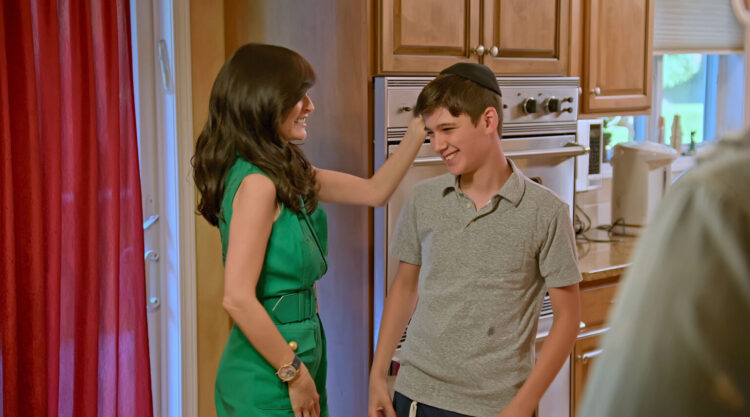
Haart’s three other children are close by in New York City.
Her eldest daughter, Batsheva, 26, often comes across as a pampered Jewish American Princess. She is married to Ben, a reserved modern Orthodox Jew and real estate agent. Miriam, 20, a Stanford University student, is bisexual and licentious. Shlomo, 24, is an observant Jew who has never gone out on a date and is thinking of attending business school.
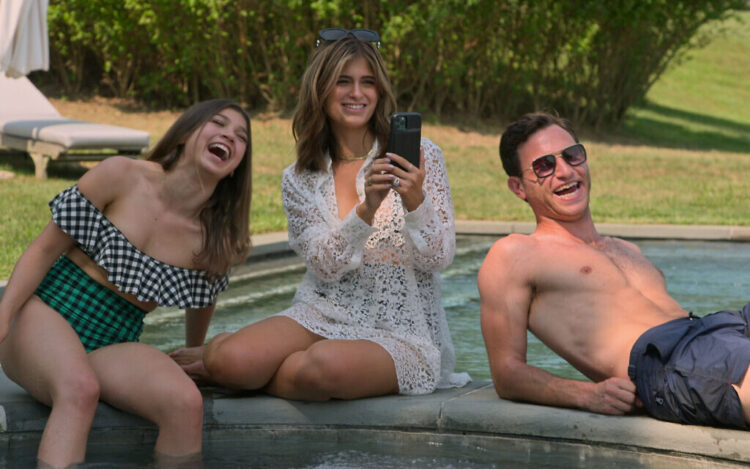
Eventually, all three of her offsprings, plus Ben, will join her company in different capacities.
Haart was born in the Soviet Union and immigrated to the United States in the 1970s, but this dimension of her life is entirely omitted from the series, which focuses on her hedonistic lifestyle, fast-growing company and immediate family.
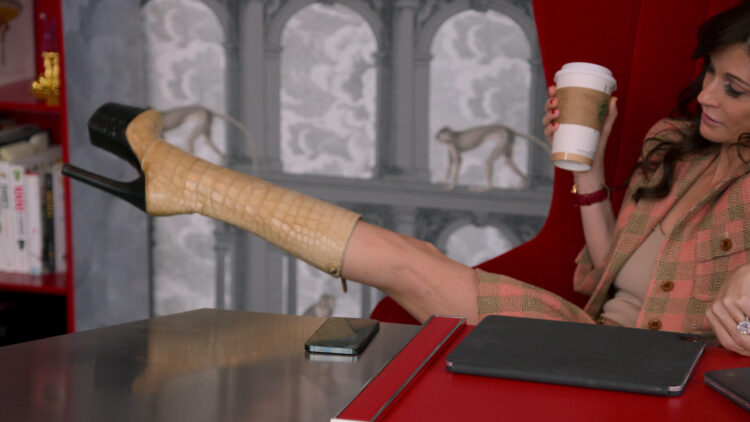
Petite in fancy high-heeled shoes and clad in designer clothes showing cleavage, she is the epitome of conspicuous consumption. Fast-talking, opinionated and aggressive, she owns a penthouse in Tribeca and is driven around in a Rolls-Royce.
Of all her children, Miriam most resembles Haart. So much so, in fact, that she has decided to change her surname from Hendler to Haart. Yosef, a mild-mannered man, graciously accepts Miriam’s decision.
In the meantime, Ben expresses reservations about Batsheva’s desire to flout the rules of modesty by wearing pants. He is further disappointed by her reluctance to have a baby.
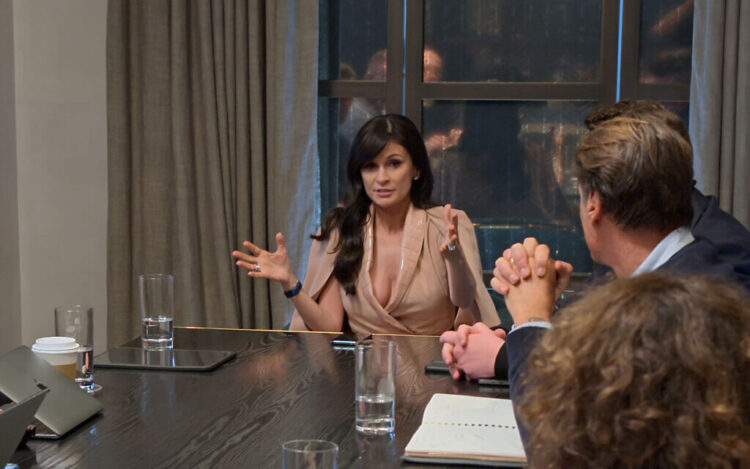
As this mini drama plays out, Haart visits Aron, a miniature version of an ultra-Orthodox Jew. Convinced he has been brainwashed, she wants to save him from the perils of fundamentalism and persuade him to obtain a secular education. Being a self-confident young man steeped in Torah studies, he largely resists her blandishments.
The next few scenes unfold in rapid succession.
Haart has written a sexually-explicit memoir and asks Miriam to read the pre-publication version. Haart offends her business associate and best friend, Robert Brotherton, by hiring a matchmaker to attend to his romantic needs. Haart offers a vibrator, a pleasuring device she has used herself, to an ultra-Orthodox woman who wishes to leave her insular world. Haart meets Hannah, her sister, at a rented castle and fashion show in France. Of her seven siblings, Hannah is the only one who still maintains contact with Haart since her break with ultra-Orthodoxy.
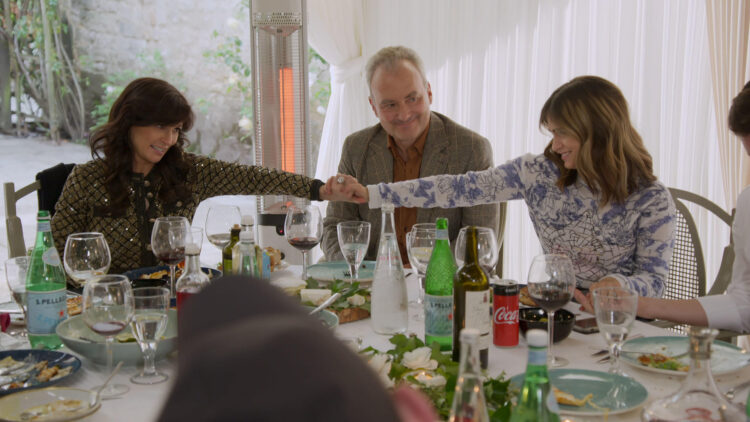
Silvio, the least developed major character, remains pretty much a cipher. Beyond displaying outward affection toward Haart and complaining she spends too little quality time with him, he’s an ornament mostly kept in the background.
My Unorthodox Life, though occasionally patchy and boring, usually rises to the occasion. As an exploration of a driven, ambitious, materialistic and upwardly mobile woman, it is sufficiently interesting to warrant a second season.
